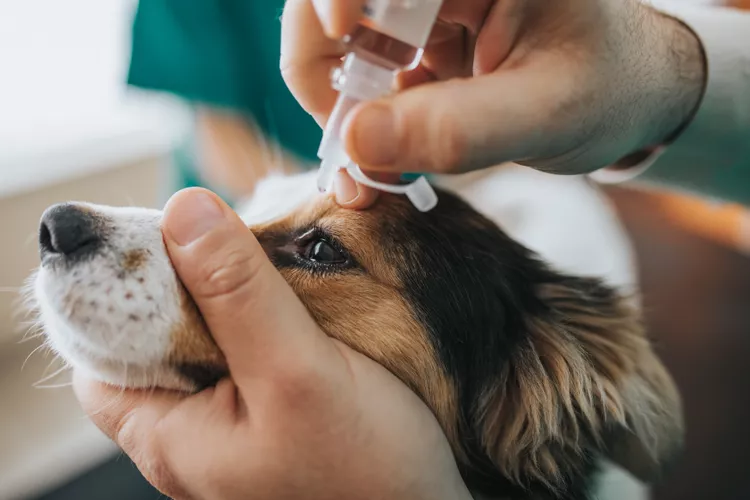
The prospect of administering eye drops for dogs can be daunting, especially if you're dealing with a bigger pup who doesn't like her face being touched. But something like a dog eye infection can force you into action, so you'll want to have a plan and learn how to give your dog eye drops.
Dog eye drops aren't only for those infections. They can help your canine recover from inflammation, abrasions, ulcers, glaucoma, and dry-eye disease, says Kristin Fischer, DVM, DACVO, of Animal Eye Care of the Lowcountry in South Carolina.
Those conditions affect many, many dogs, so you'll want to start getting your dog comfortable with eye drops as soon as you can.
You can start preparing your dog for eye drops before there are even whispers they might need them. When they're a puppy, make sure you get them used to having their faces touched, Fisher says. It's a process called desensitization.
When you gently clean or pet your dog's face or remove their eye gunk, reward them with a treat—perhaps cheese or peanut butter—so they know the face-touching results in something they enjoy, Fischer says. That'll make your life a lot easier when it comes to eye drops.
This is a pretty short list, but here's what you need to give your dog eye drops:
Fischer says dog parents should wash their hands and clean their dogs' faces and eyes before getting to the eye drops. You'll want to clear the eye gunk to make sure the drops get into the eye.
Don't forget to read the instructions on the bottle.
Have your dog in a confined space and minimize distractions. For smaller or medium-sized dogs, it's best to pick them up and place them on a table or similar surface, Fischer says. You can even wrap them in a towel like a burrito if they're OK with that.
"Trying to chase your dog around and get on their level is sometimes kind of hard," she adds.
For bigger dogs, it's a good idea to lead them to a corner and have them sit down with their backs to you. This is when an extra person might come in handy, someone who can distract the dog as you get ready to drop the medicine in.
Stand or sit behind your dog, holding the medication in your dominant hand. Approaching from the front with an unfamiliar object aiming for a dog's eye could cause her to want to back away, which is why Fischer recommends approaching from behind.
Place your free hand under your dog's chin and tilt her head upwards. That will often cause your dog to open her eyes a little wider. You can even place the heel of your dominant hand on the dog's forehead skin and gently pull back, opening the eye even more.
You don't need the eye to be fully exposed, just enough for one drop to clearly descend into the eye.
"You really only need it to go in between the upper and lower eyelids, so you don't have to have this beautiful open eye ball that you're putting the drop directly on," Fischer says.
Remember, you only need one drop of the medication, and if your dog is prescribed multiple drops, wait 10-15 minutes between them. You won't want the second drop washing out the first one.
Finally, reward your dog with a treat for her good job.
For a variety of reasons—past mistreatment, lack of socialization, fear—some dogs don't like having their faces touched, so eye drop time can turn into a wrestling match.
For unruly dogs, you can place a little peanut butter or cheese spread on their nose to distract them from the drops, Fischer says. If your dog bites, Fischer recommends fitting a muzzle over her mouth to protect both of you.
If you're getting nowhere with your dog and her eye drops, consult your veterinarian. Fischer says some dog parents will even bring their pups to the vet's office daily so the staff there can give the dog her drops.
You can also ask about other treatment options like oral medications. Depending on your dog's condition, surgery might be an option, too.

212 Hairless Cat Names For Your Beautifully Bald Feline
Discover the perfect name for your hairless cat with our list of over 200 creative and unique names. From quirky to classic, find a fitting choice for your beautifully bald feline companion.
8 Things Your Cat Loves
Just like humans, cats can have a long list of things they like. Find out what cats love so you can keep your cat happy and healthy.
How to Tell If a Kitten is a Boy or a Girl
If you're wondering whether your new kitten is a boy or a girl, here are three ways to help determine the sex of your cat.
8 Tips to Help Cats Enjoy Car Travel
Cats are creatures of habit, and they hate to travel. Learn tips to prepare them for travel in the car, whether going to the vet or on vacation.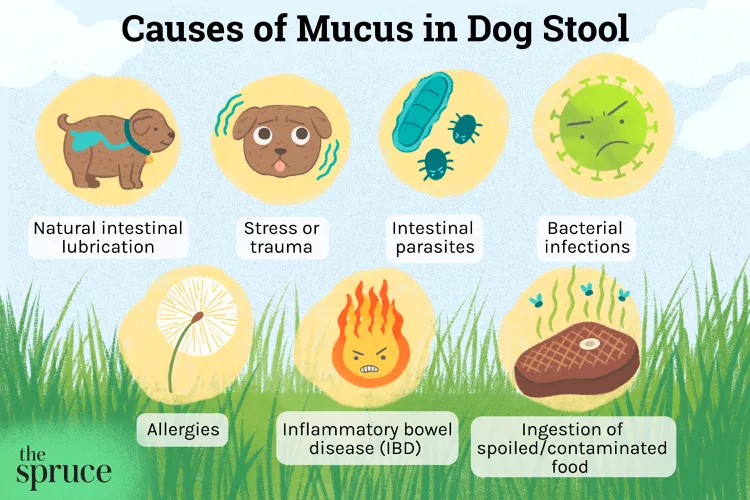
Common Causes of Mucus in Dog Poop
Seeing mucus in your dog's poop can be concerning to a dog owner. Here are common causes and treatment of mucus in a dog's stool.
Is Shrimp Bad For Dogs?
Shrimp can be a healthy, nutritional food for people but can dogs eat them, too? What are the main concerns with feeding shrimp to your dog?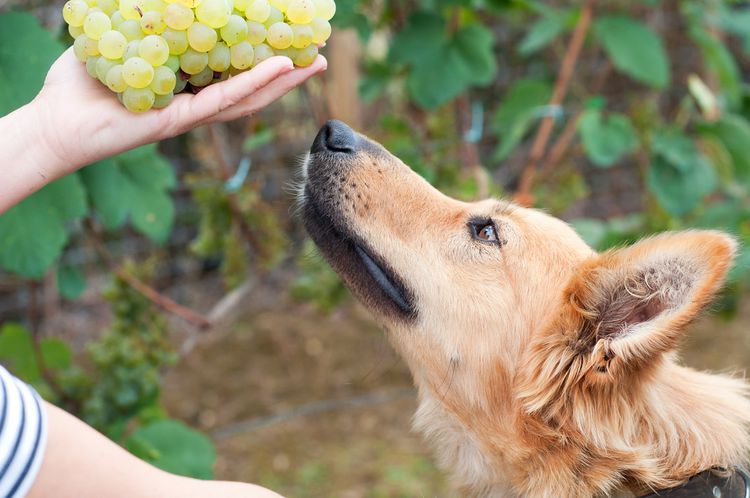
Can Dogs Eat Grapes?
Are grapes safe for dogs? Grapes and raisins can cause serious toxicity in dogs. Find out what to do if your dog eats grapes.
Maine Coon Cat: Breed Profile, Characteristics & Care
The Maine Coon cat is of the largest cat breeds in the world. These amiable, gentle cats make great companions. Learn about the Maine Coon cat breed's appearance, temperament, health, and care needs.
Selkirk Rex: Cat Breed Profile, Characteristics & Care
The Selkirk Rex is a charming cat with a tousled coat and a loving, laid-back personality. Learn about the Selkirk Rex breed.
How to Stop Your Cat From Chewing Electrical Cords
Cats are known to pounce and attack inanimate objects, like electrical cords. Learn how to prevent your cat from ambushing objects that may harm it.
What Do Cats Think About?
Have you ever wondered what cats think about? A number of studies have explored cat behavior and feline cognition, but there's still more to learn.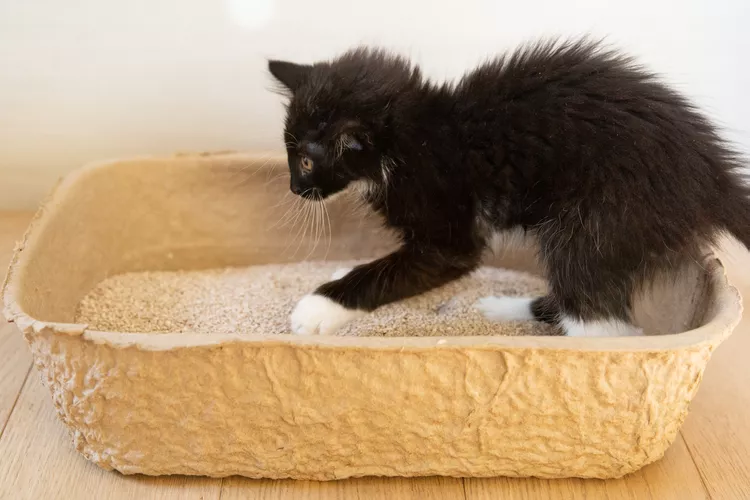
Training Your Kitten to Use the Litter Box
Bringing home a new kitten means they need to learn how to properly use a litter box. Discover how to successfully litter box train your kitten.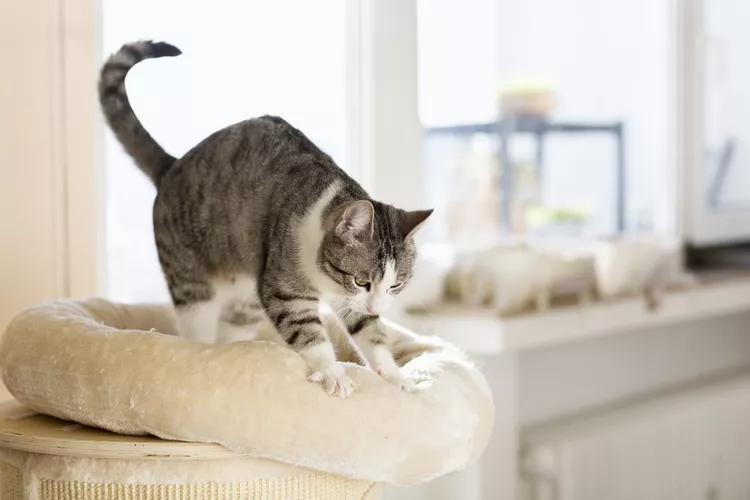
Why Do Cats Knead?
Kneading is a common behavior in cats of all ages. Learn why cats "make biscuits" and what it means for you, your cat, and all your blankets.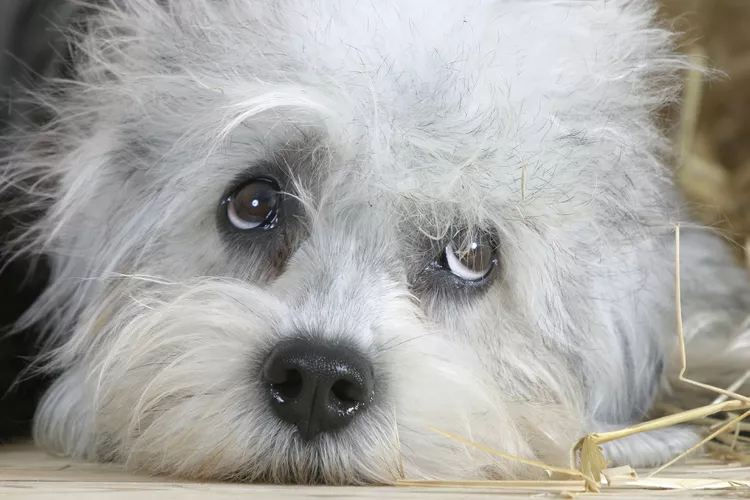
Dandie Dinmont Terrier: Dog Breed Characteristics & Care
Learn about the Dandie Dinmont Terrier, a silky dog breed with a signature puff of hair atop its head and a friendly, companionable personality.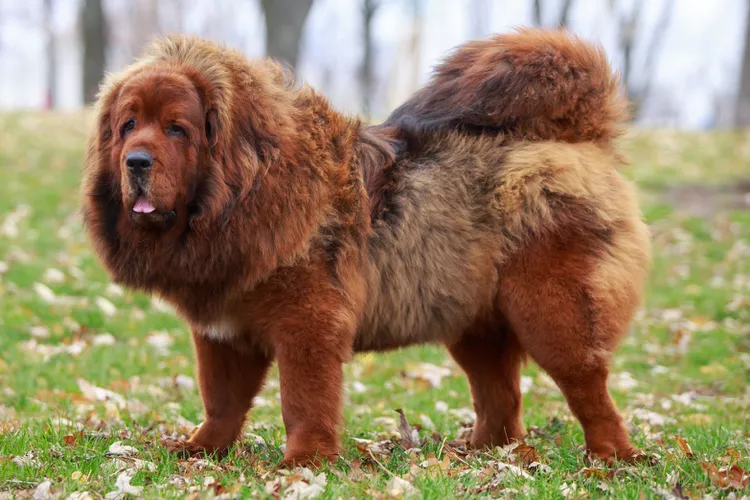
Tibetan Mastiff: Dog Breed Characteristics & Care
Learn about the Tibetan mastiff, an ancient guardian dog breed. This breed is known for their massive stature, flowing mane, and protective personality.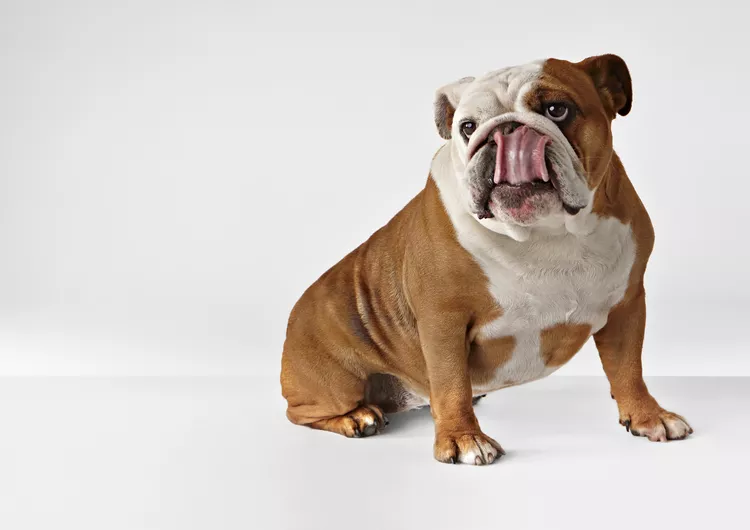
4 Reasons Why Your Dog Licks Their Butt
Butt-licking in dogs can be a part of normal grooming, but excessive butt-licking is not normal. Read about the most common reasons for this behavior.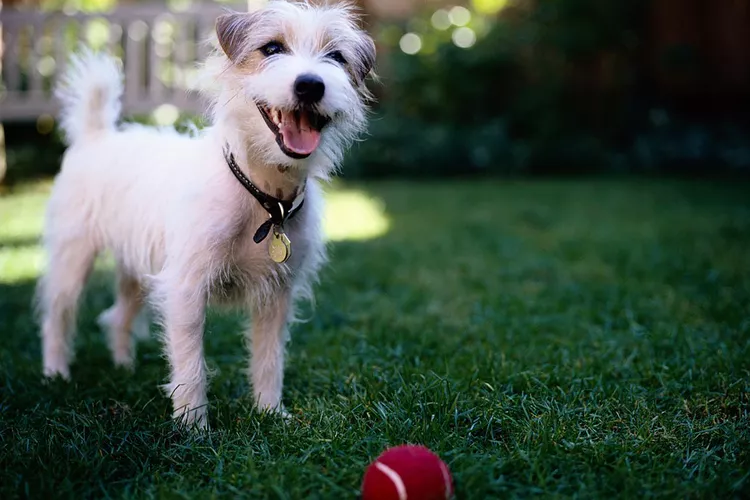
How to Teach Your Dog the "Leave It" Command
Training your dog the "leave it" command is a great way to instill self-control. Learn how to teach your dog to not pick things up from the ground.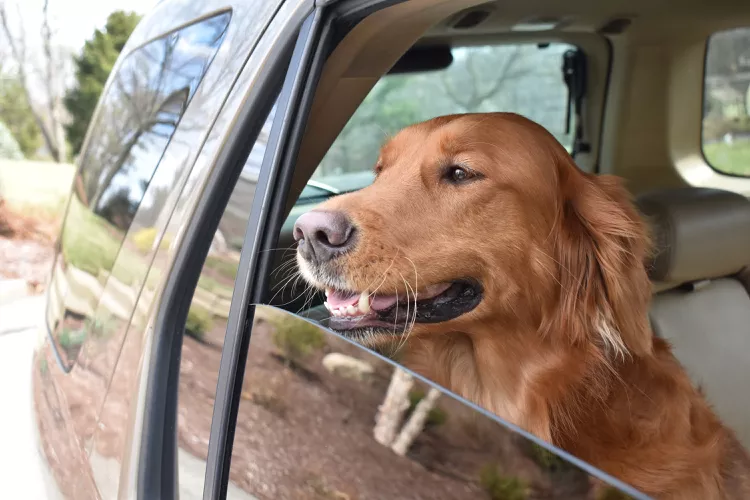
How to Solve Your Dog's Fear of Car Rides
Is your dog scared of car rides? This fear of riding in cars is common. Learn why your dog is scared of car rides and how to help conquer this fear.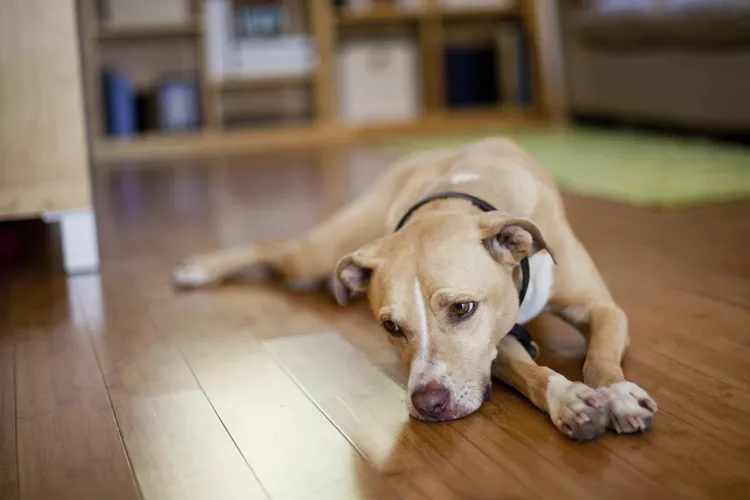
Can Dogs Get Depression? How to Help Your Sad Dog
Can dogs get depression? Learn about the signs of depression in dogs and find out how to help your sad dog.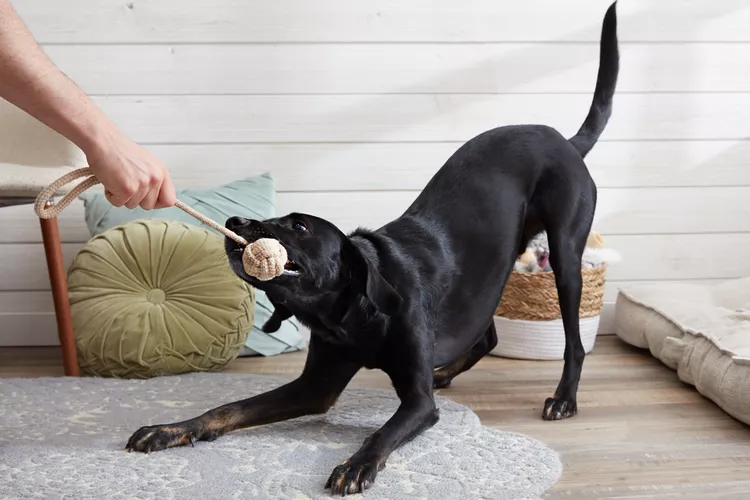
How to Play Tug of War With Your Dog
Many dogs love to play tug of war, and it's a healthy game that provides great exercise. Learn the best way to safely play tug of war with your dog.